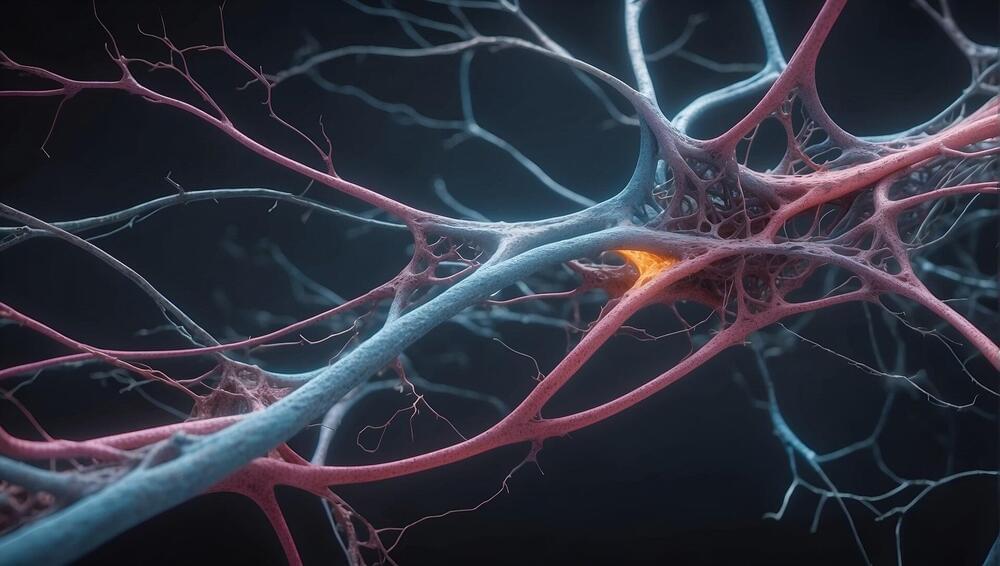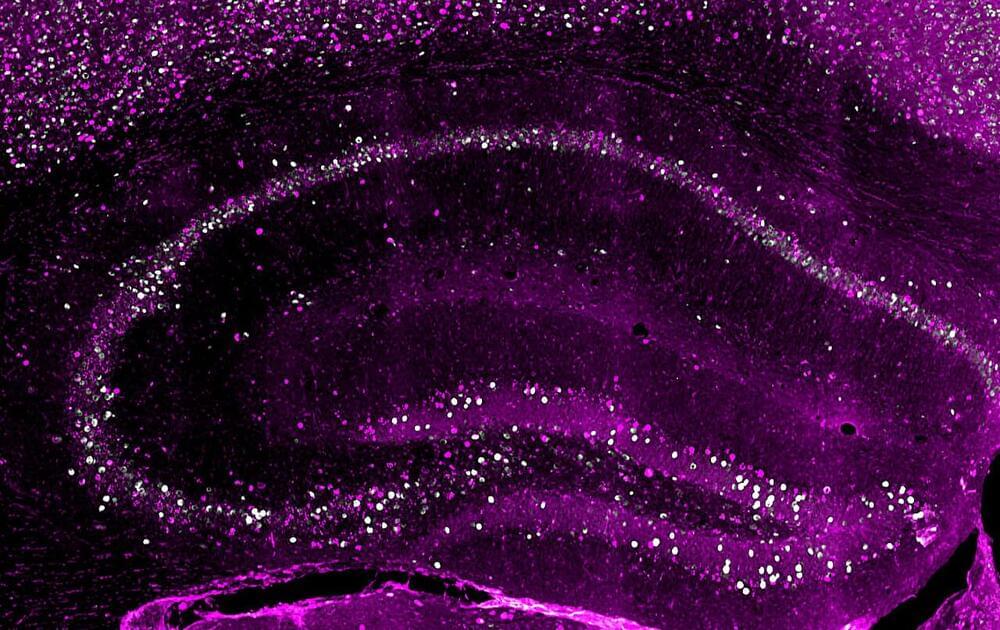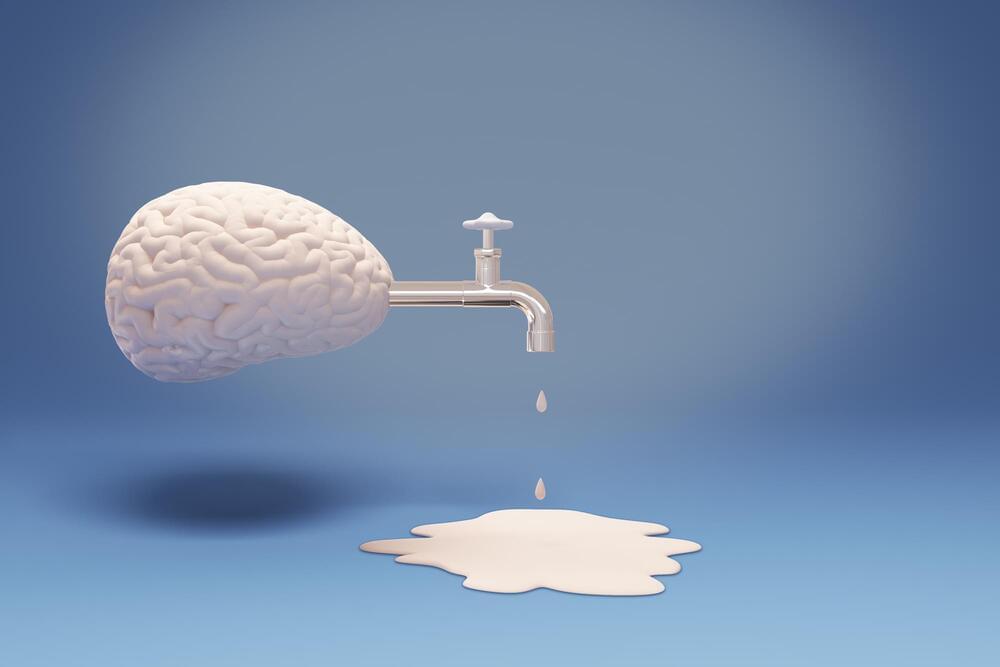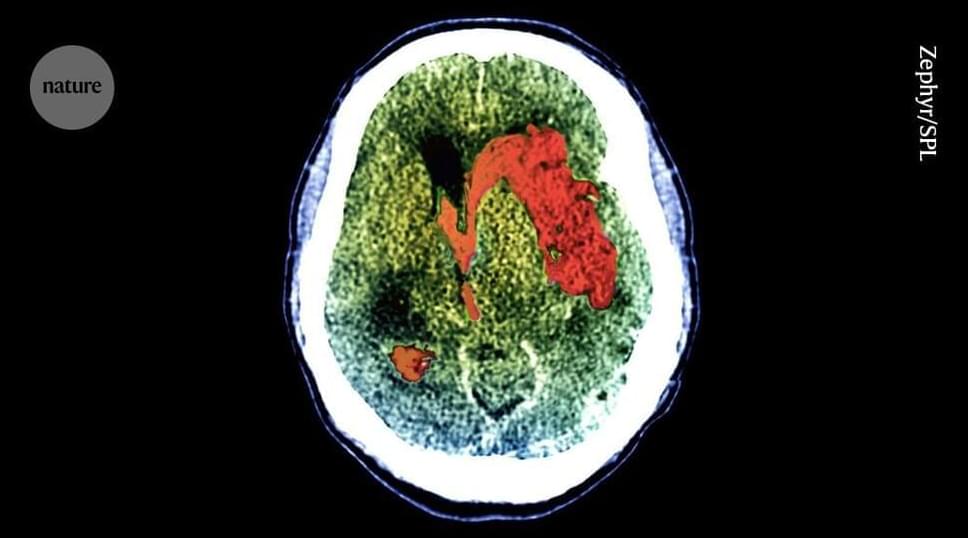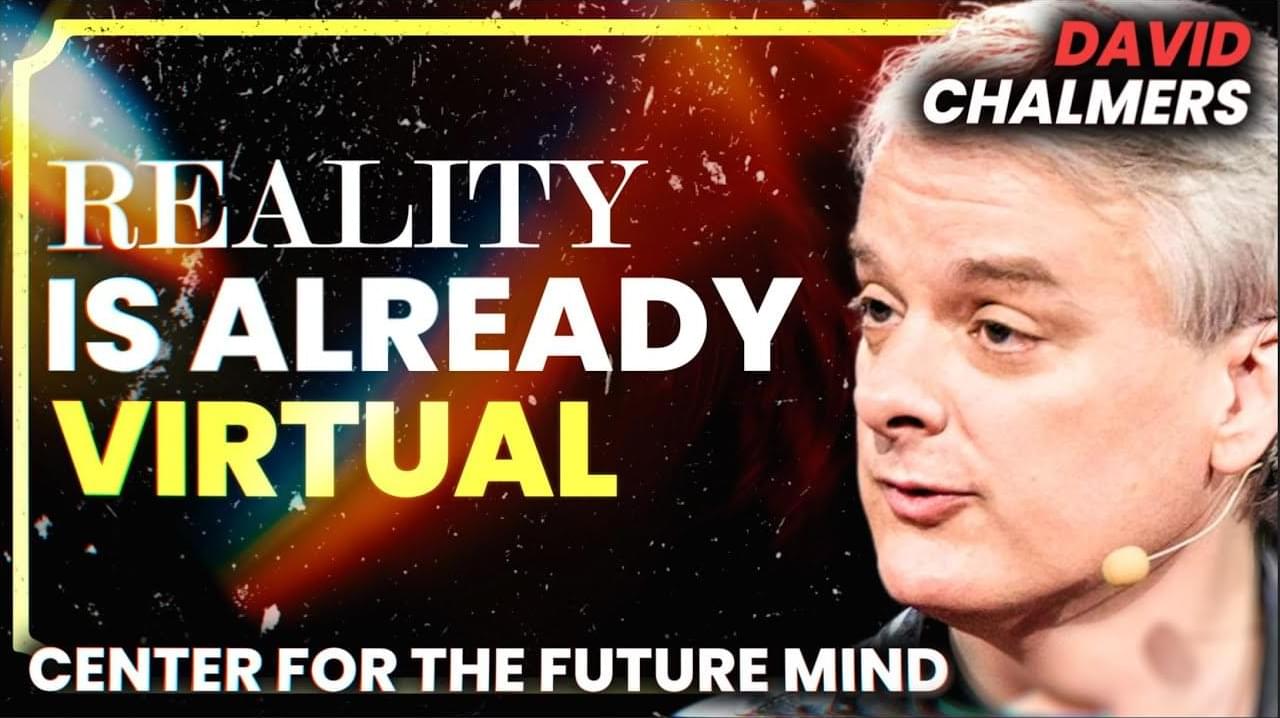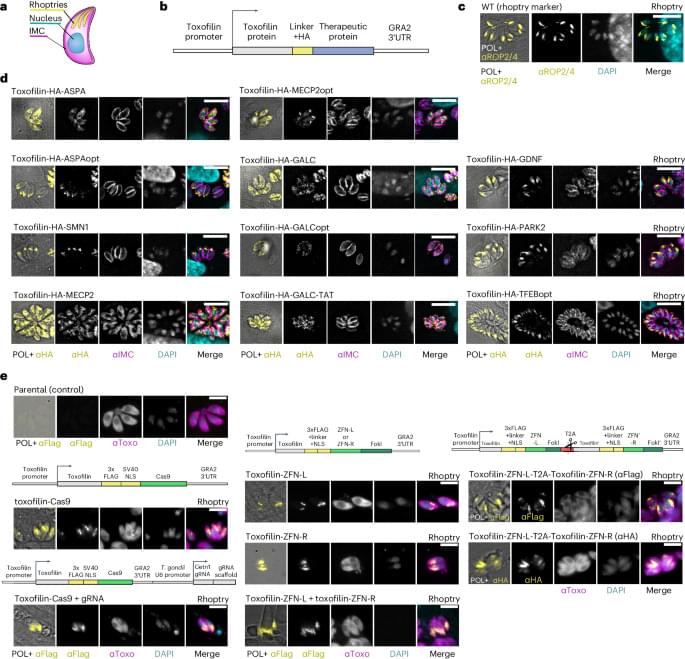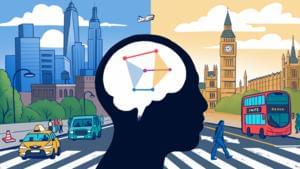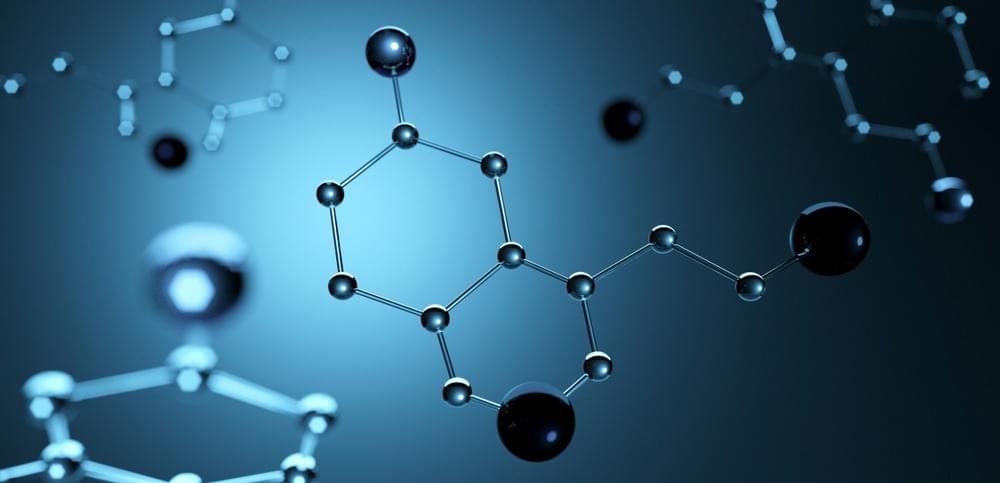Aug 15, 2024
Sleep resets neurons for new memories the next day, study finds
Posted by Shubham Ghosh Roy in category: neuroscience
While everyone knows that a good night’s sleep restores energy, a new Cornell University study finds it resets another vital function: memory.
Learning or experiencing new things activates neurons in the hippocampus, a region of the brain vital for memory. Later, while we sleep, those same neurons repeat the same pattern of activity, which is how the brain consolidates those memories that are then stored in a large area called the cortex. But how is it that we can keep learning new things for a lifetime without using up all of our neurons?
A study, “A Hippocampal Circuit Mechanism to Balance Memory Reactivation During Sleep,” published in Science, finds at certain times during deep sleep, certain parts of the hippocampus go silent, allowing those neurons to reset.
